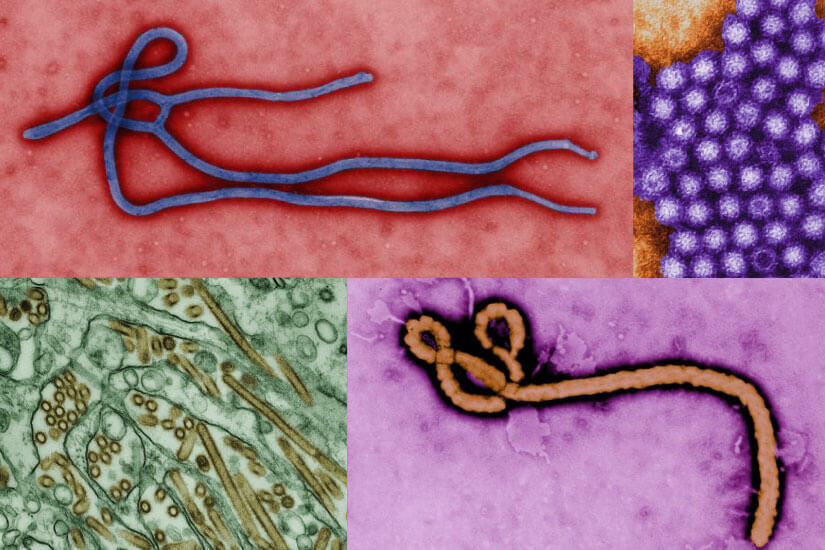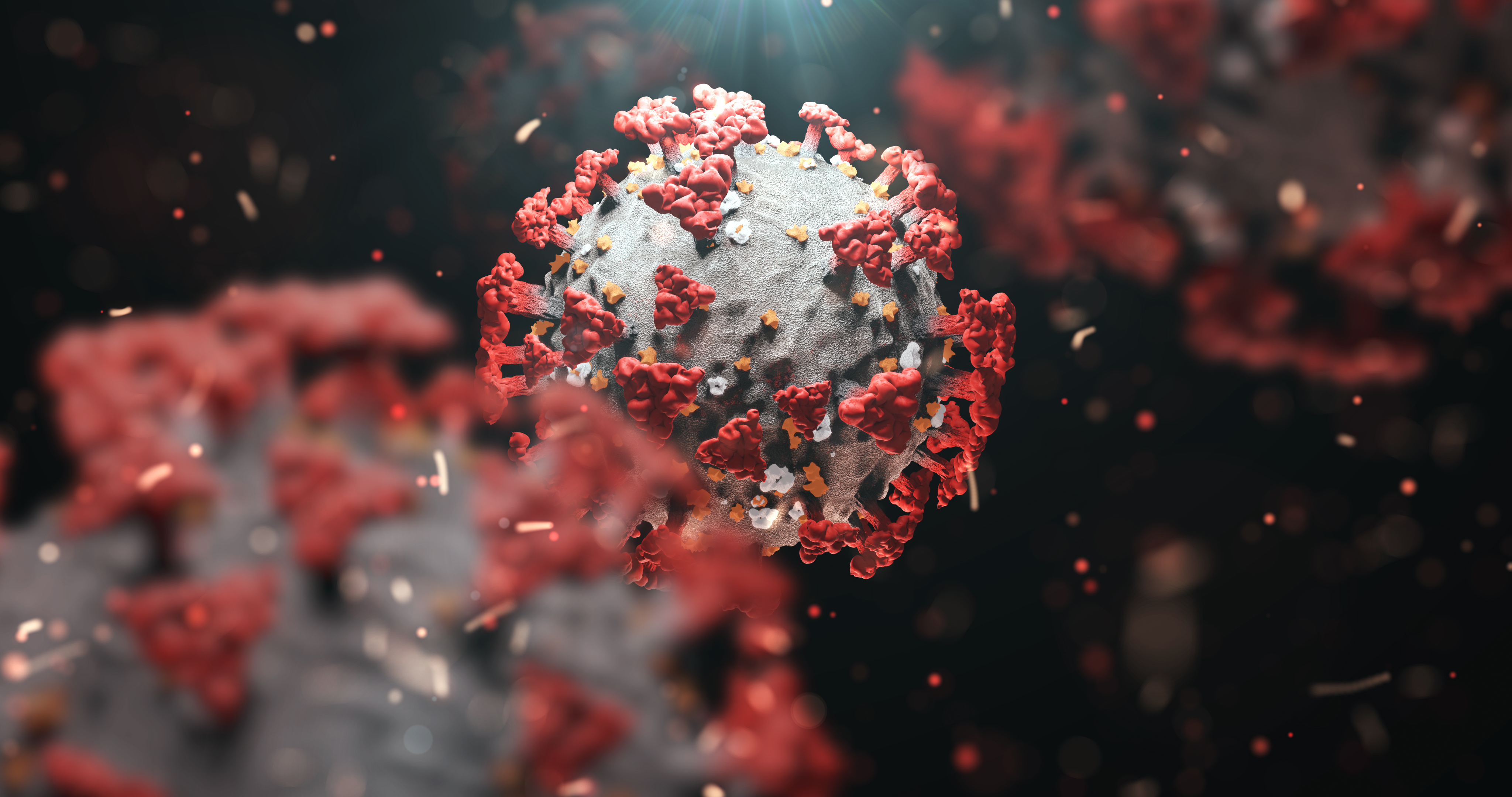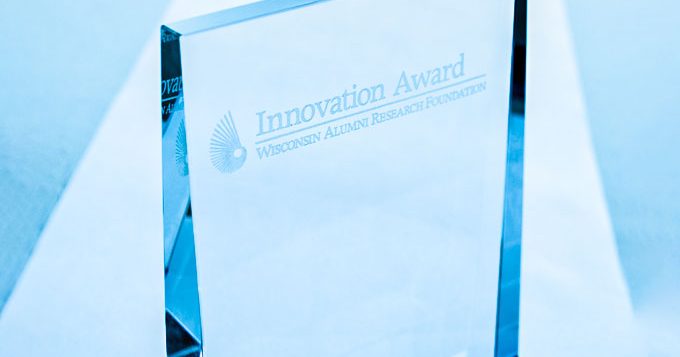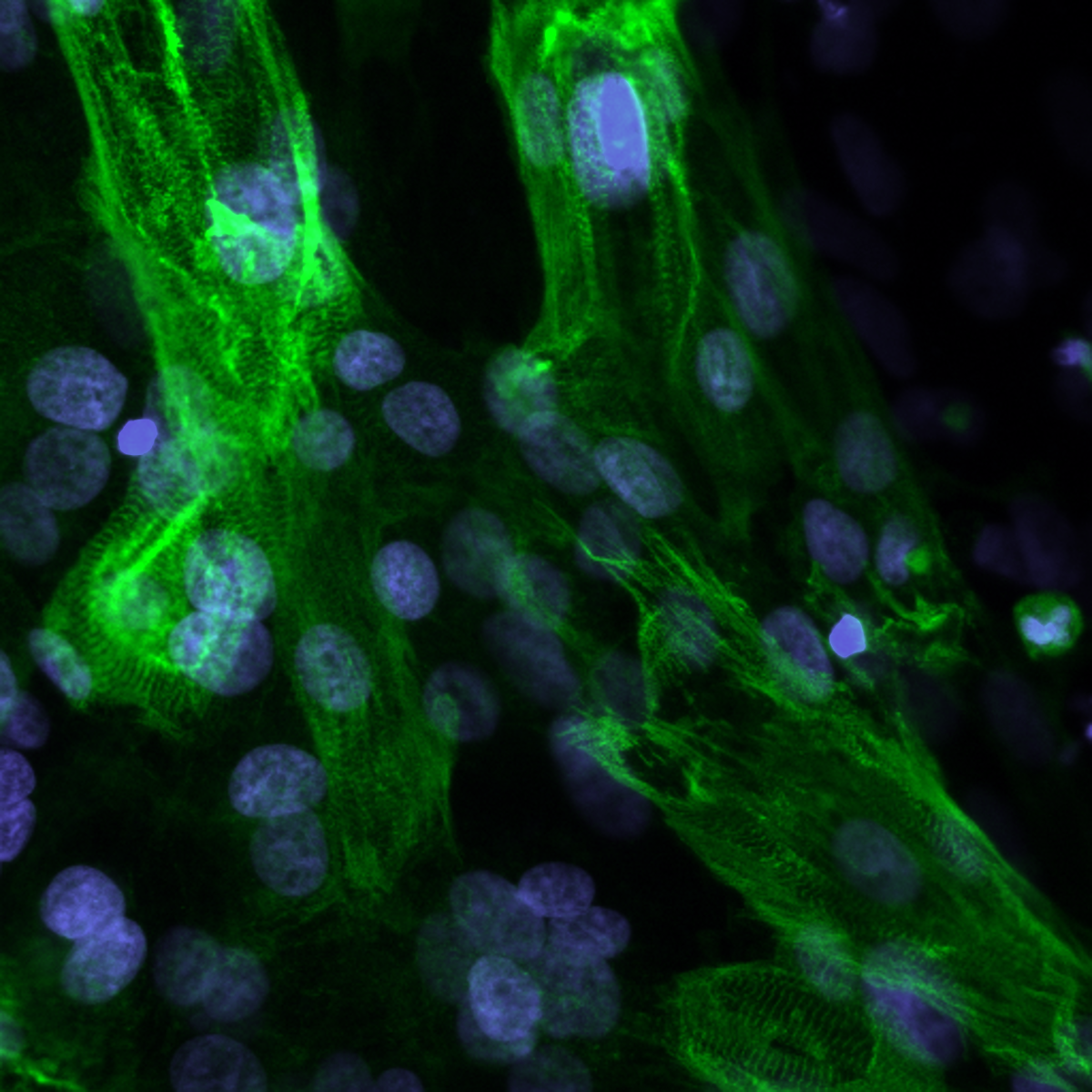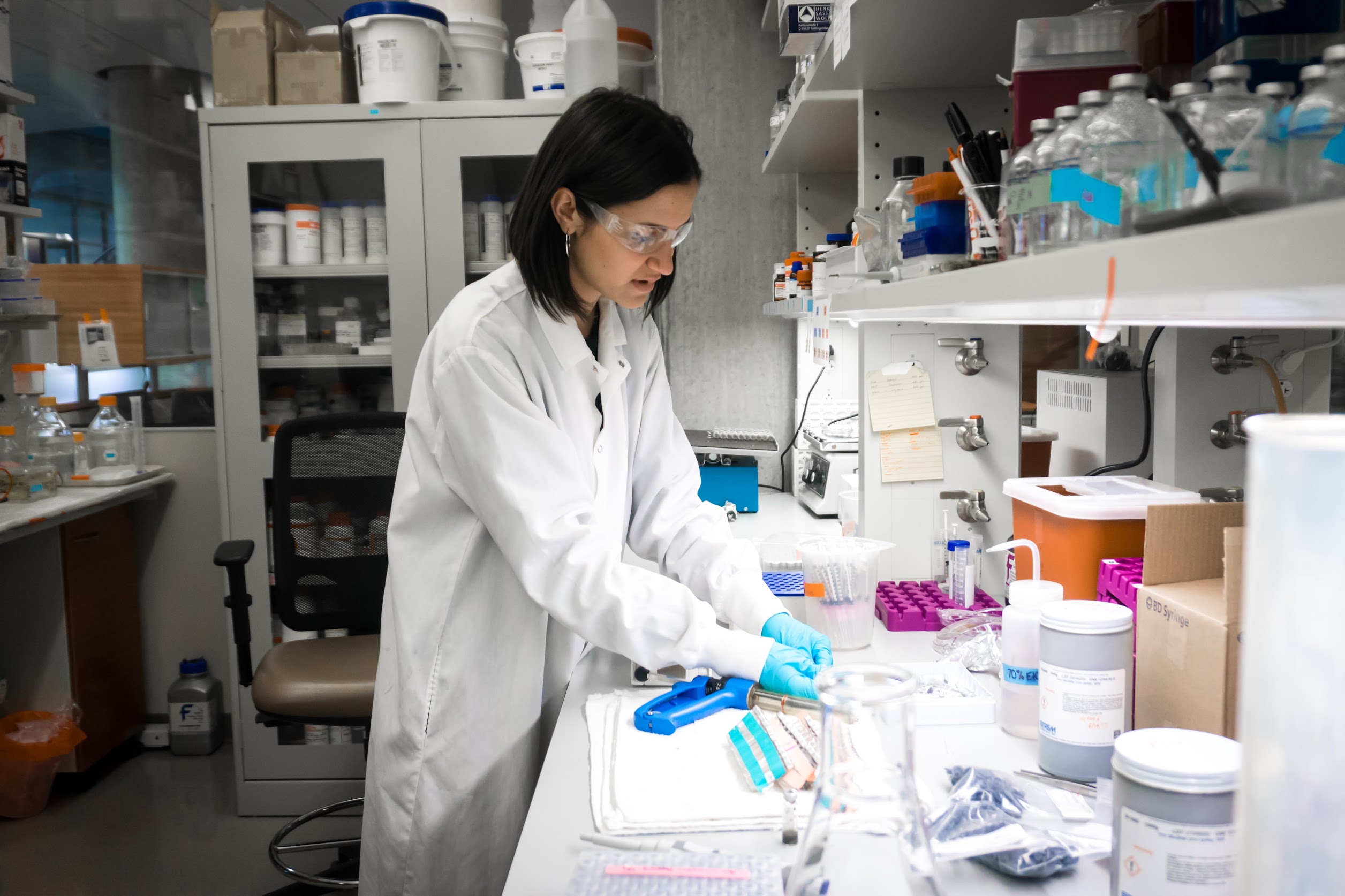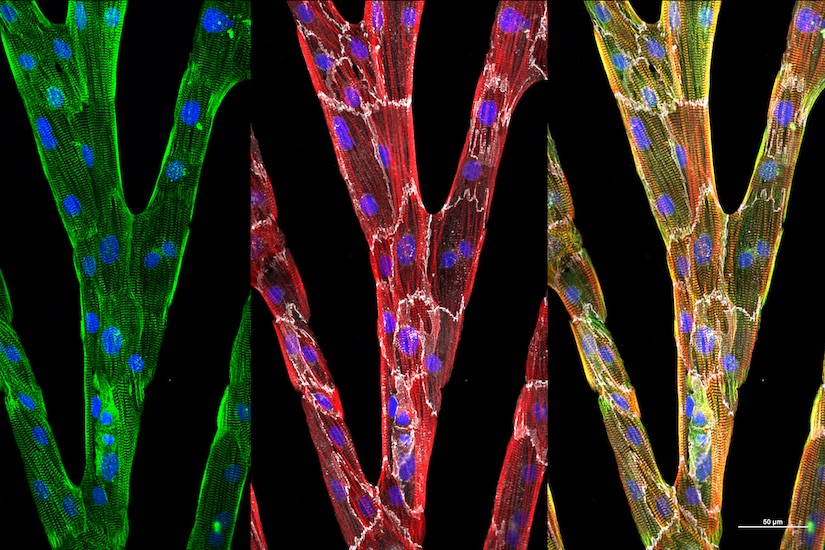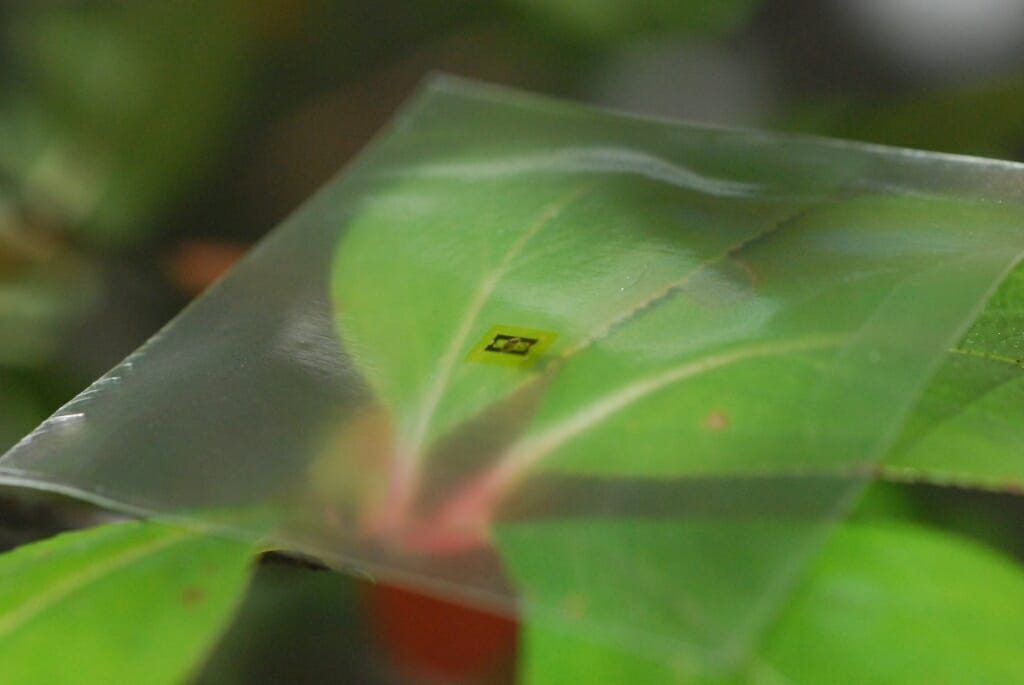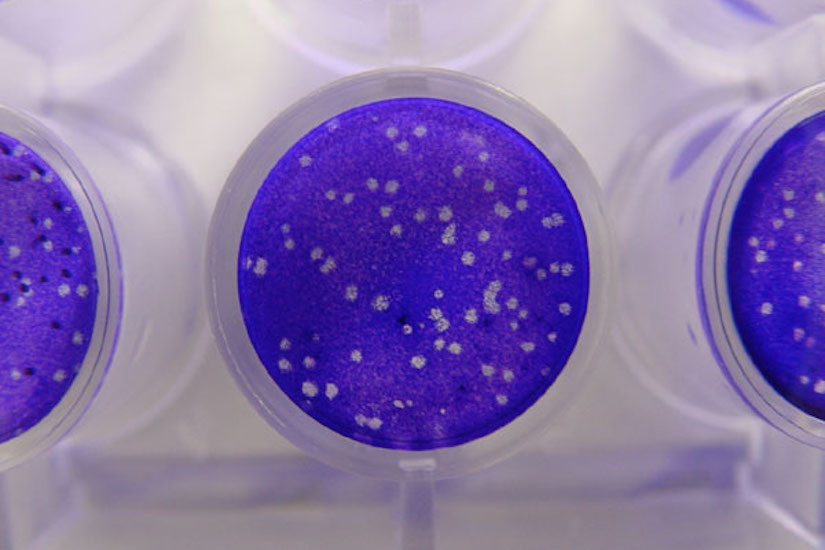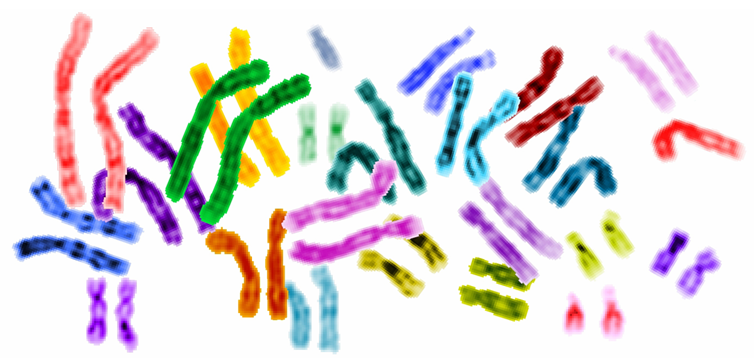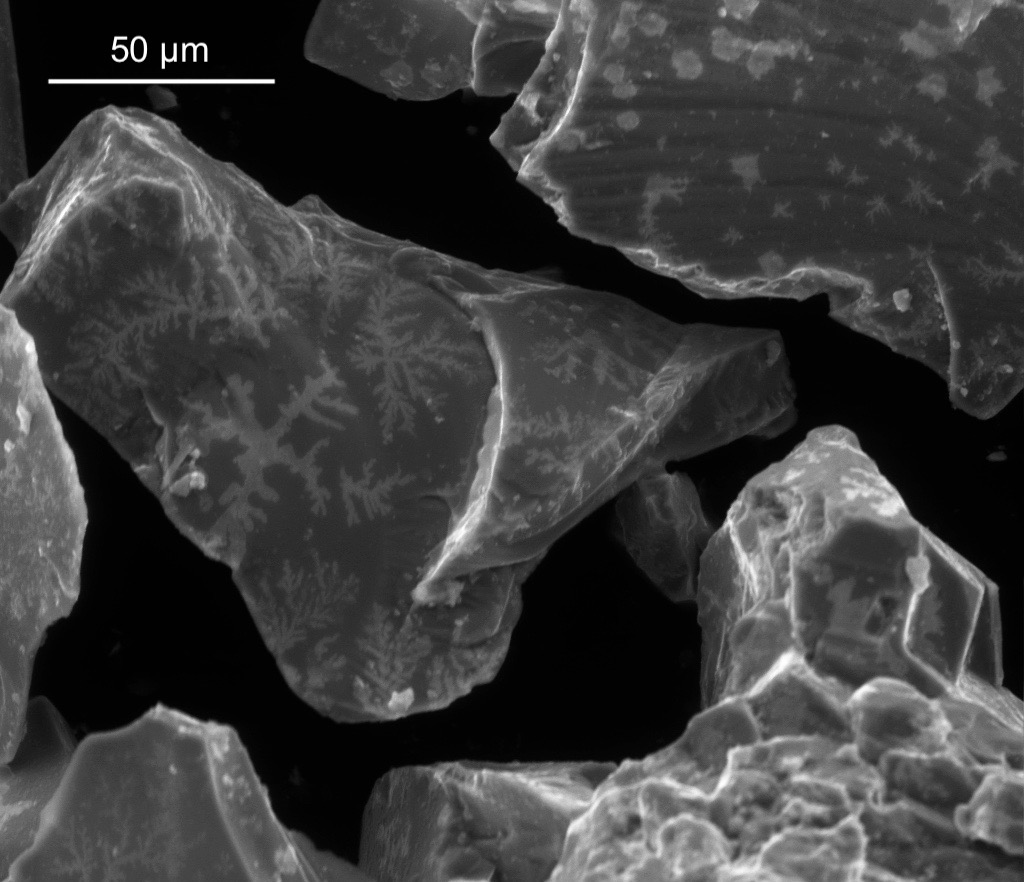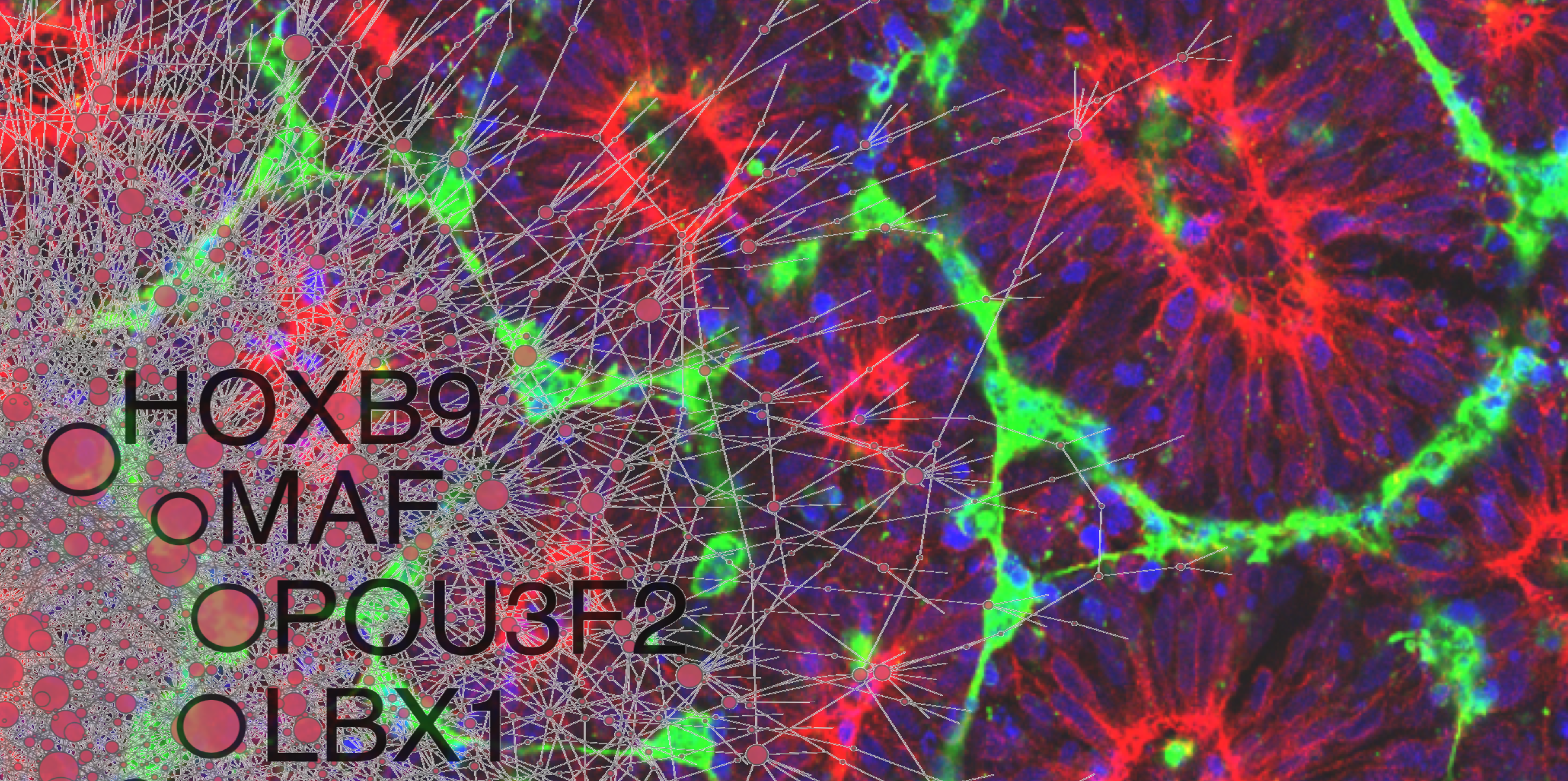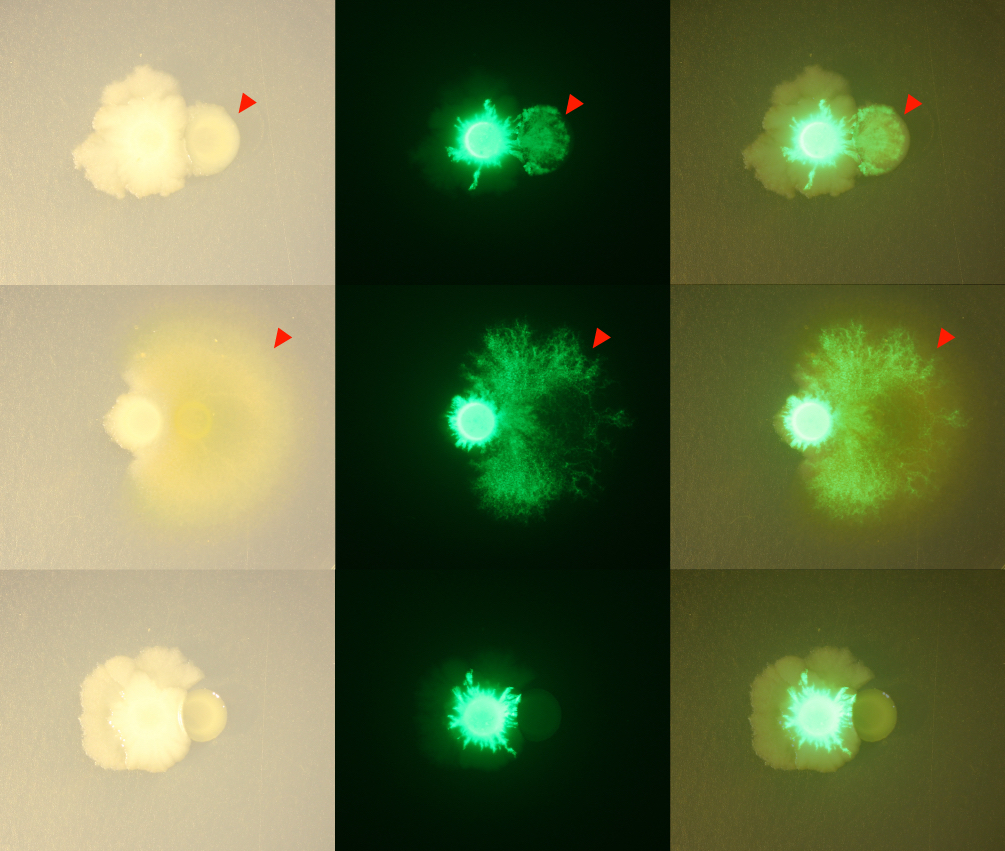A living system, like any complex entity, is more than the sum of its parts. It can be as simple as a virus or as complex as an ecosystem. Researchers at WID aspire to gain an understanding of how such systems function, as well as how they adapt to and shape their environments over different time scales.
An interdisciplinary group of engineers, computer scientists, physicists, and evolutionary biologists take a multi-pronged approach to understanding living systems. We develop and combine experimental and computational methods to study diverse problems, ranging from interactions between organisms (e.g., between hosts and pathogens, and within diverse microbial communities) and interaction networks within organisms (e.g., regulatory and metabolic interactions). A common theme to complex biological systems research at WID is to view these systems through the lens of evolution.



